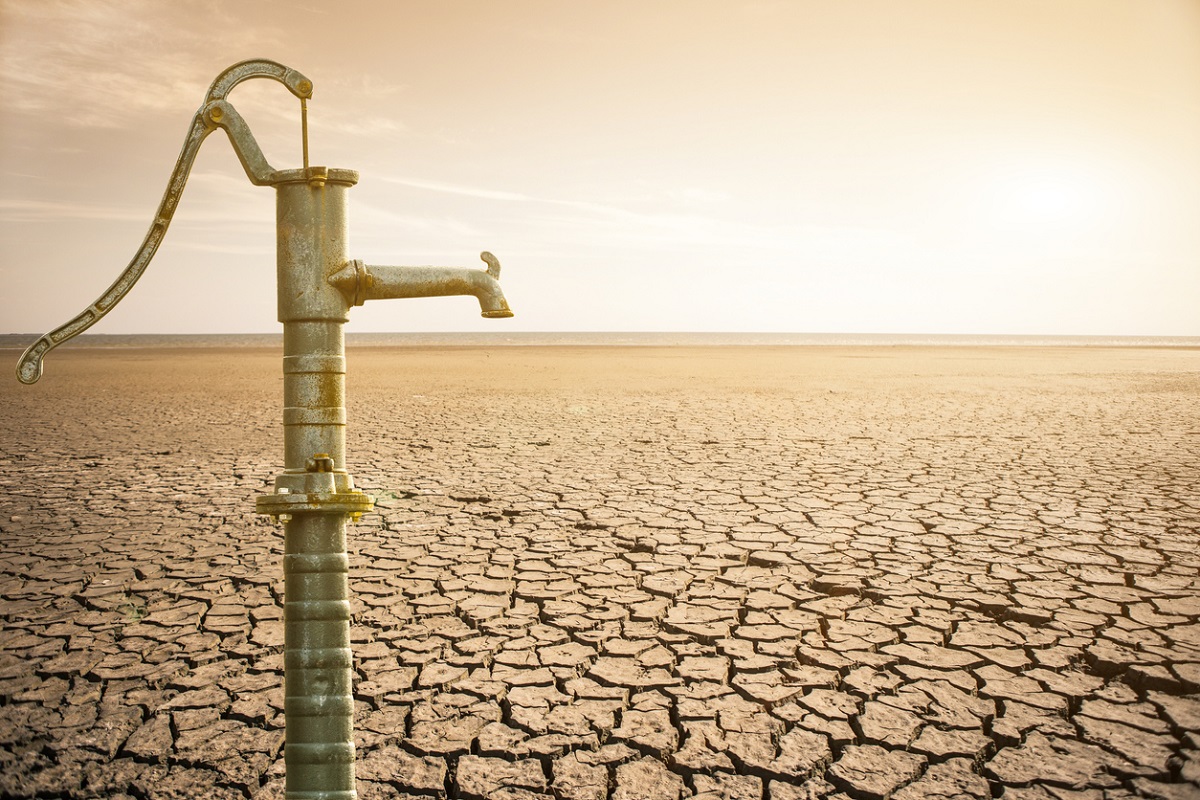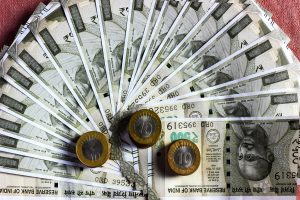‘India is suffering from the worst water crisis in its history, and millions of lives and livelihoods are under threat’, says the chilling opening line of a governmental report – yet few alarm bells ring across the country.
No water obviously means end of life, but apathy and shortsightedness stunningly dominates our dealing with increasing shortage of the planet’s most precious liquid. If India’s media and citizens gave the worsening water crisis one-hundredth of the attention given to cricket and cinema, we would have escaped status as one of the worst water managing countries inthe world. Life giving water is running out.
Advertisement
A first of its kind National Institute for Transforming India (NITI Aayog) report says 200,000 Indians die every year due to insufficient access to safe water. About 600 million people in India face high to extreme water stress. Time too is running out, according to the NITI Aayog report. About 54 per cent of India’s groundwater wells are shrinking, and 21 major cities are expected to run out of groundwater by next year.
That also translates to a food and economic crisis. Yet we do not seem to care – until the taps at home go dry, the housing complex water tanks are empty, food grains and vegetables sell at three figure sums per kg, and the burgeoning breed of urban water merchants become prelude to days when nations go to war over water.
The crucial NITI Aayog report ‘Composite Water Management Index’ sounds like a doomsday preparation document across 180 pages. Prime Minister Narendra Modi, chairman of NITI Aayog, promised that piped water will reach all homes in the countryside by 2024. His government has to urgently cope with a problem that should have been dealt with on a war footing decades ago.
At a meeting of NITI Aayog’s governing council on June 15, Modi declared India needs to prioritize and make appropriate interventions to solve its water problems. He said water conservation and irrigation both require a massive effort, based on public participation. Public participation. That is the golden key, an absolute necessity not highlighted prominently in the NITI Aayog report.
The national, state governments and development oriented corporations must invest massively in public awareness campaigns for: a) each individual to stop wasting water b) implement rainwater harvesting infrastructure in each house, residential and office building and c) stop destroying traditional rain water harvesting areas like reservoirs and village tanks with encroached illegal constructions.
Modi has written to village panchayat heads asking them to construct check dams and embankments along river and streams, build reservoirs among measures to increase water storage. But if Modi is serious about ending India’s water crisis, his government has to crack down on criminal water mafias in big cities illegally sucking out ground water resources.
Regulate and ration water bottling and carbonated water (cola) companies making thousands of crores of profits out of water that should be available free of cost in any country that has a conscientious government. Equally essentially, the Prime Minister has to launch a high-intensity national campaign focused on the individual citizen to stop the daily water wastage – in a much larger scale than the Clean India movement. Think of the billions of litres of water wasted daily in people having the wash basin tap run continuously when brushing teeth, shaving or washing dishes.
Such water wastage sacrilege happens while millions suffer terribly each day searching for this basic necessity of daily life. Children in drought-hit districts of Maharashtra travel by train for hours to get two vessels of water home from a railway station tap, while Mumbai wastes water or refuses to harness the annual ample monsoon rains.
Which is why water woes haunt even India’s financial capital Mumbai, even in elitist residential locations like South Mumbai and suburban Juhu where municipal water flows for barely two hours a day. About three-fourth of the households in the country do not have drinking water. It’s a staggering blight in India’s development report card seven decades after independence. With nearly 70 per cent of water in India being contaminated, India ranks 120th among 122 countries in the water quality index.
It’s a national shame. Blame India’s worsening water crisis on the word ‘adjust’. The word ‘adjust’ is both India’s biggest strength and worst curse. We quickly ‘adjust’ to problems, instead of quickly finding solutions. So a dripping water tap at home or office mostly gets fixed only when it evolves to a crisis of a burst water pipe and a flooded bathroom.
The national water problem though seems to need to evolve from a crisis to a catastrophe before getting special attention, beyond ‘adjusting’ to it – as has happened in Chennai, now in the throes of its worst water crisis ever. And so this ‘adjust’ mindset has carried us through decades of water shortage, in big cities and villages, through droughts and parched reservoirs, through age-old solutions\ like rain water harvesting that have not been implemented in sufficient scale.
India contributes mightily to a global crisis that does not receive the degree of attention it desperately warrants. Around 2.2 billion people worldwide do not have safely-managed drinking water, says a new report released this month from the United Nations Children’s Fund and the World Health Organization. NASA satellites now hover above the earth to find underground water resources, but out-of-the-box terrestrial solutions are more urgently needed.
For instance, if oil and natural gas can be transported across thousands of kms and continents in pipelines, so too water can be shipped across transcontinental pipelines. The West-East Gas Pipeline in China runs across 8,707 kms through 66 cities, and the 4,989 km Gasun pipeline in Brazil is part of a club of about ten other oil pipelines of similar length.
If oil is ‘black gold’ then water is priceless ‘platinum’, and governments of the world will have to invest in water pipelines to connect surplus water from rivers to parched cities and towns and agricultural lands. In a technologically advanced world, we cannot have people dying of drought in one part of the country while floods kill people somewhere else. India is heading to be the world’s largest economy by year 2050. But for that to happen, Prime Minister Modi needs to have this five letter word as the core single most important mission of his second tenure leading India: water.
(The writer is a senior, Mumbai-based journalist)











